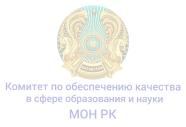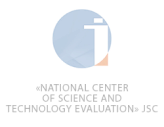ABOUT PROPHETS AND MESSENGERS IN THE TREATISE OF ABU NASR AL-FARABI "MIN AL-ASILATI AL-LAMIATI WA AL-AZHUIBATI AL-JAMI'ATI"
DOI:
How to Cite
Abstract
Article is devoted to the treatise by Abu Nasr al-Farabi " Min al-asilati al-lamiati ua al-azhuibati al-zhamiati " - "From Brilliant questions and Comprehensive answers" (оrig. مـِن الأسـئـلـة اللامـعـة و الأجـوبـة الجـامـعـة). A historical and source study analysis was carried out of the only surviving manuscript of the treatise (Hagia Sofia/4855), first recognized in the science of Farabivology and included in the bibliographic index of the works of the Second Teacher in the middle of the 20th century (1951). He topic, structure and content of the treatise are defined.
The religious views of Abu Nasr al-Farabi take their place among the diverse theoretical teachings of al-Farabi, who studied many fields of science from philosophy and logic. One aspect of the worldview of a thinker who lived in the famous medieval period lies in the ancient scientific tradition, but, on the other hand, the sciences of religion, such as the Koran, prophecies, Muslim law, which appeared in the Golden Age (Muslim Renaissance), had a great influence on his views.
The various development by a scientist of the content of the classification of sciences based by Aristotle in the Muslim East was directly related to the beginning of the formation of religion as a science, which was a main element of the spiritual culture of that time.
The treatise "Min al asilati al-lamiati..." which we took as the object of study, is based on the narratives written about the prophets and their life in the Quran. The article clarifies the views of Abu Nasr al-Farabi about the prophets and envoys sent by Allah, hadith and narratives about their lives, as well as historical events in the history of Islam and the verses of the Quran related to each event.
Key words: Abu Nasr al-Farabi, treatise «Min al-asilati al-lamiati...,» prophet, messenger,
Quranic ayats, Library Aya Sophia.








